Optimal Seasons for Land Clearing
Land clearings involve removing trees, brush, and debris to prepare a site for development, agriculture, or landscaping. The timing of land clearing can significantly impact the efficiency, cost, and safety of the operation. Understanding seasonal and weather patterns helps determine the optimal period for undertaking these activities.
Late winter and early spring are often preferred due to drier soil conditions and lower vegetation density, which facilitate easier removal and reduce environmental impact.
Dry weather minimizes soil compaction and erosion risks. Avoiding rainy periods prevents delays and equipment issues caused by muddy terrain.
Understanding soil moisture levels and plant growth cycles aids in scheduling land clearing to minimize disturbance and maximize safety.
Some regions require permits or have restrictions based on seasons; planning ahead ensures compliance and smoother project initiation.
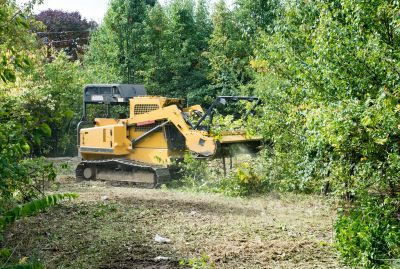
Heavy machinery clearing dense vegetation during optimal seasons.

Spring is ideal for starting land clearing projects due to favorable weather conditions.

Cleared land ready for development or planting, showcasing effective seasonal timing.
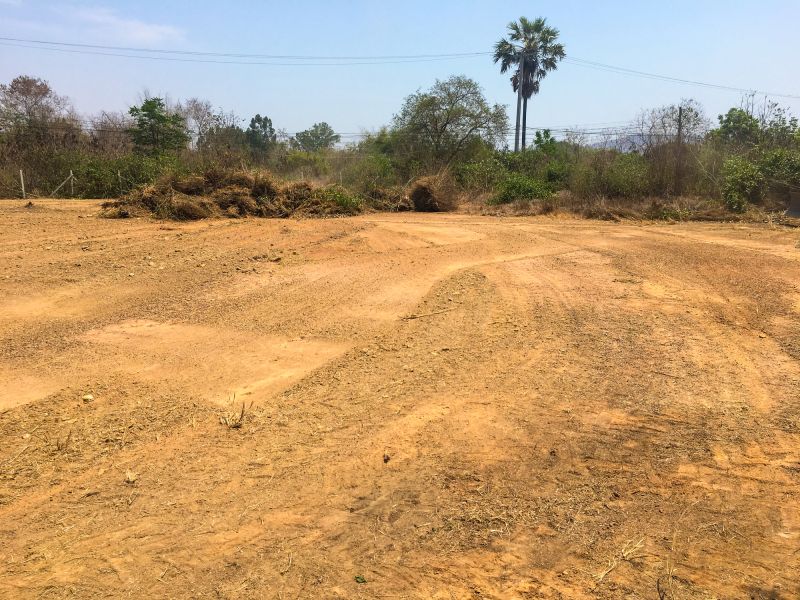
Ways to make Land Clearings work in tight or awkward layouts.

Popular materials for Land Clearings and why they hold up over time.

Simple add-ons that improve Land Clearings without blowing the budget.
| Season | Advantages |
|---|---|
| Winter | Soil is dry; vegetation less dense; lower moisture content. |
| Spring | Ideal for new growth; soil conditions favorable; less mud. |
| Summer | Potentially hot and dry; suitable in some regions but may cause delays. |
| Fall | Vegetation starts to die back; good for preparation before winter. |
Choosing the right time for land clearing depends on multiple factors including weather patterns, soil conditions, vegetation cycles, and regulatory considerations. Proper timing can lead to more efficient work, reduced costs, and minimized environmental impact. Planning ahead ensures that land clearing activities align with seasonal advantages and project goals.
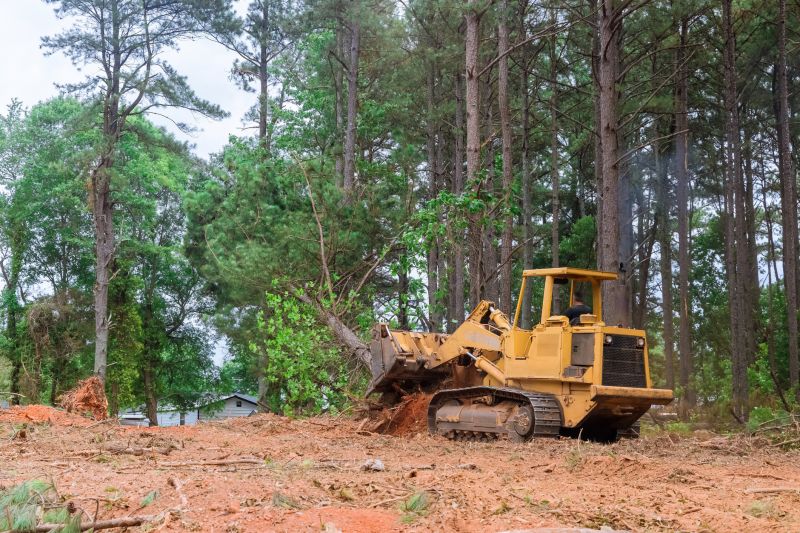
Equipment operating on dry, firm ground for optimal performance.
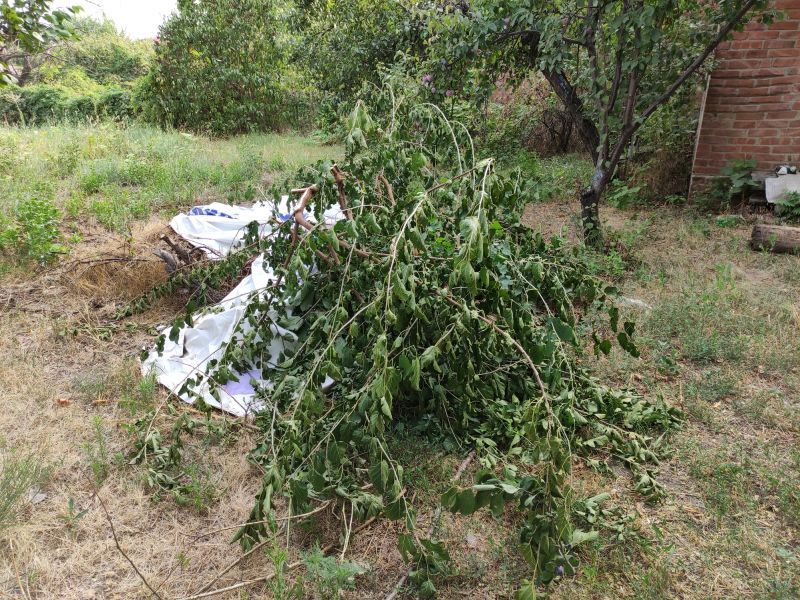
Removing brush and trees during peak dry months to prevent delays.
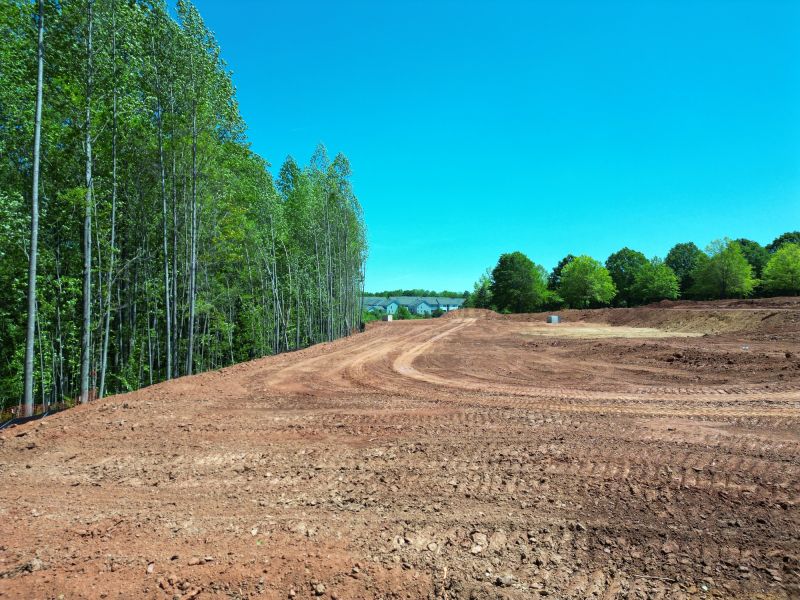
Land prepared for development after timely clearing.

Scheduling land clearing based on weather forecasts and vegetation cycles.
Interest in land clearing services can be directed to professionals who understand seasonal impacts and regulatory requirements. Proper timing ensures smoother operations, cost efficiency, and compliance with local regulations.
